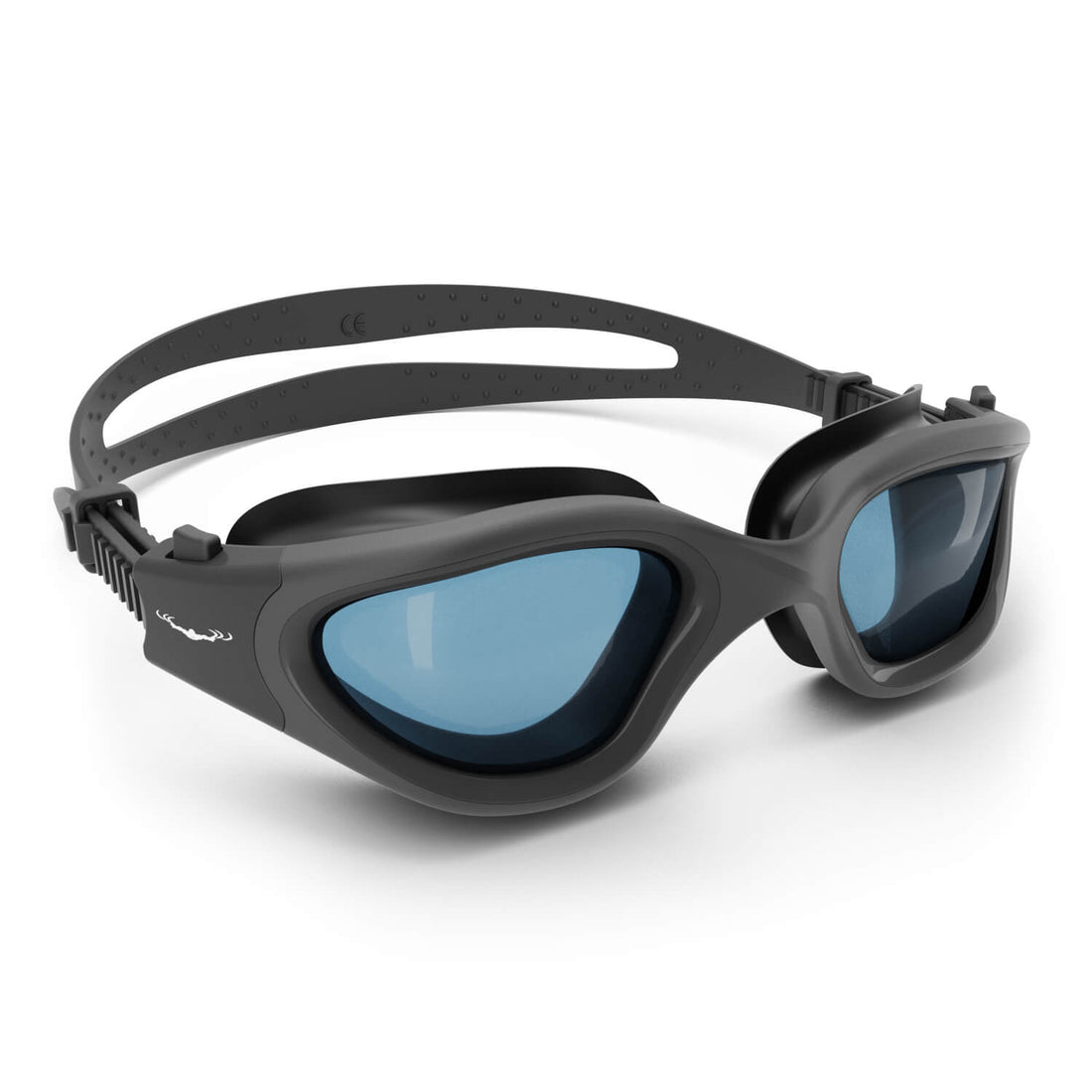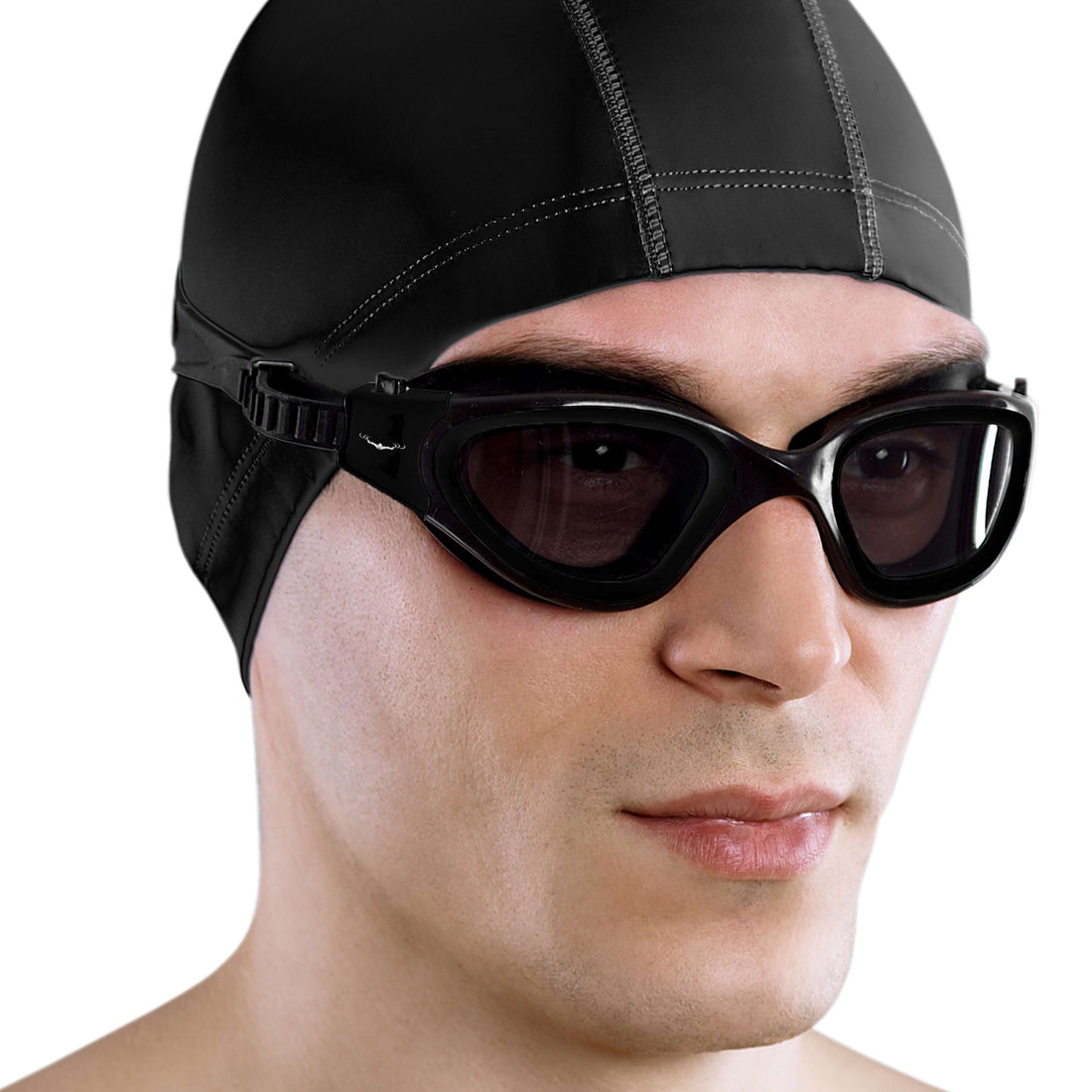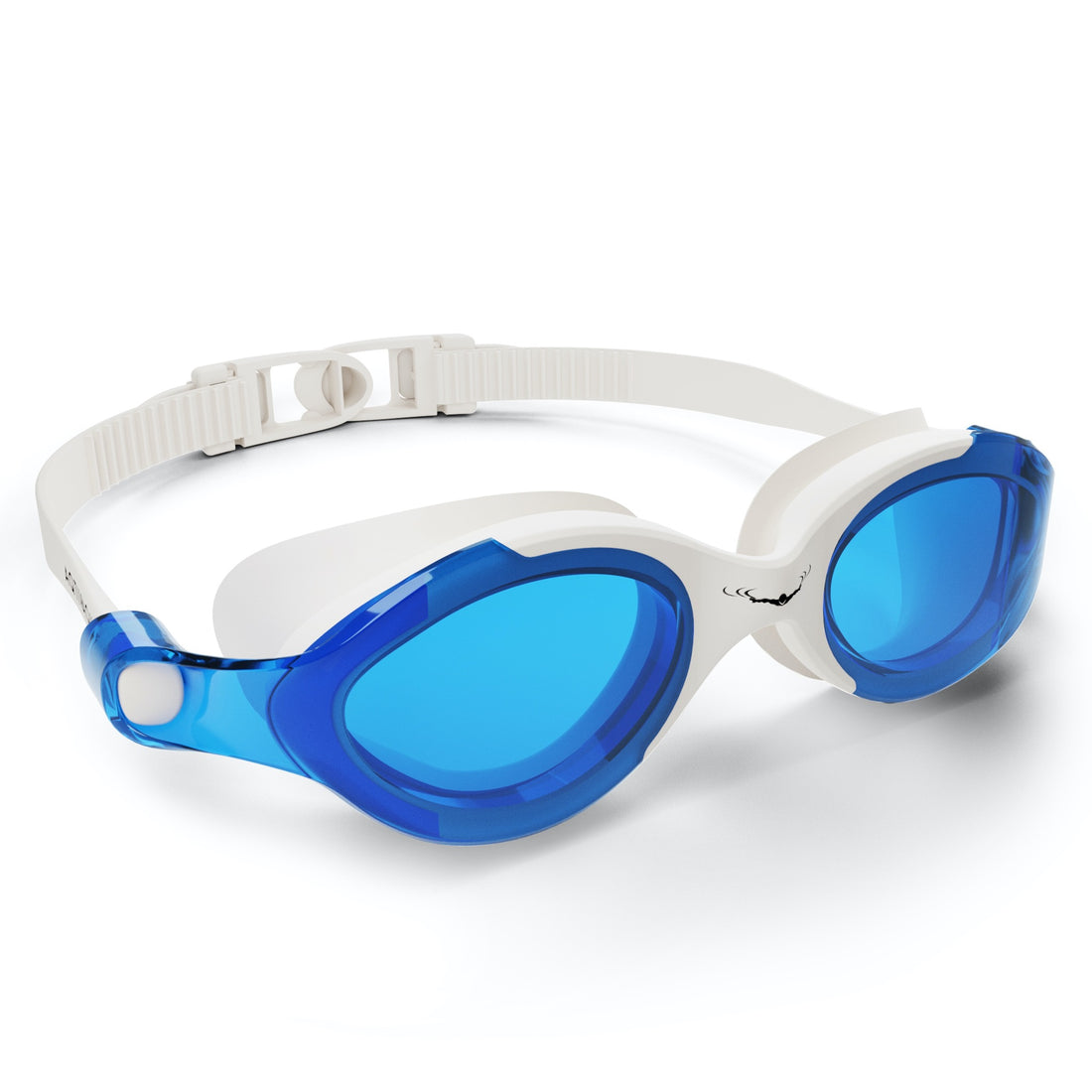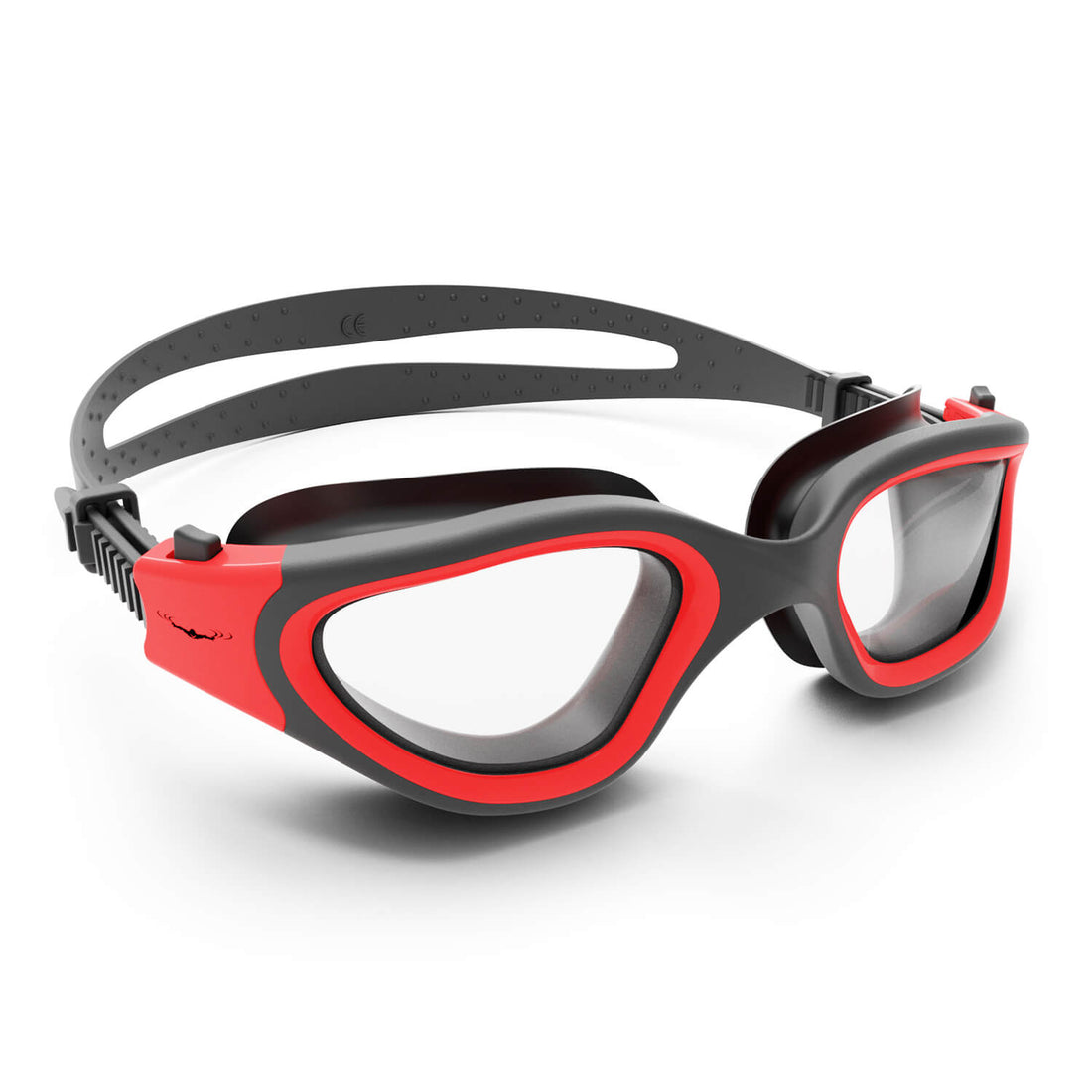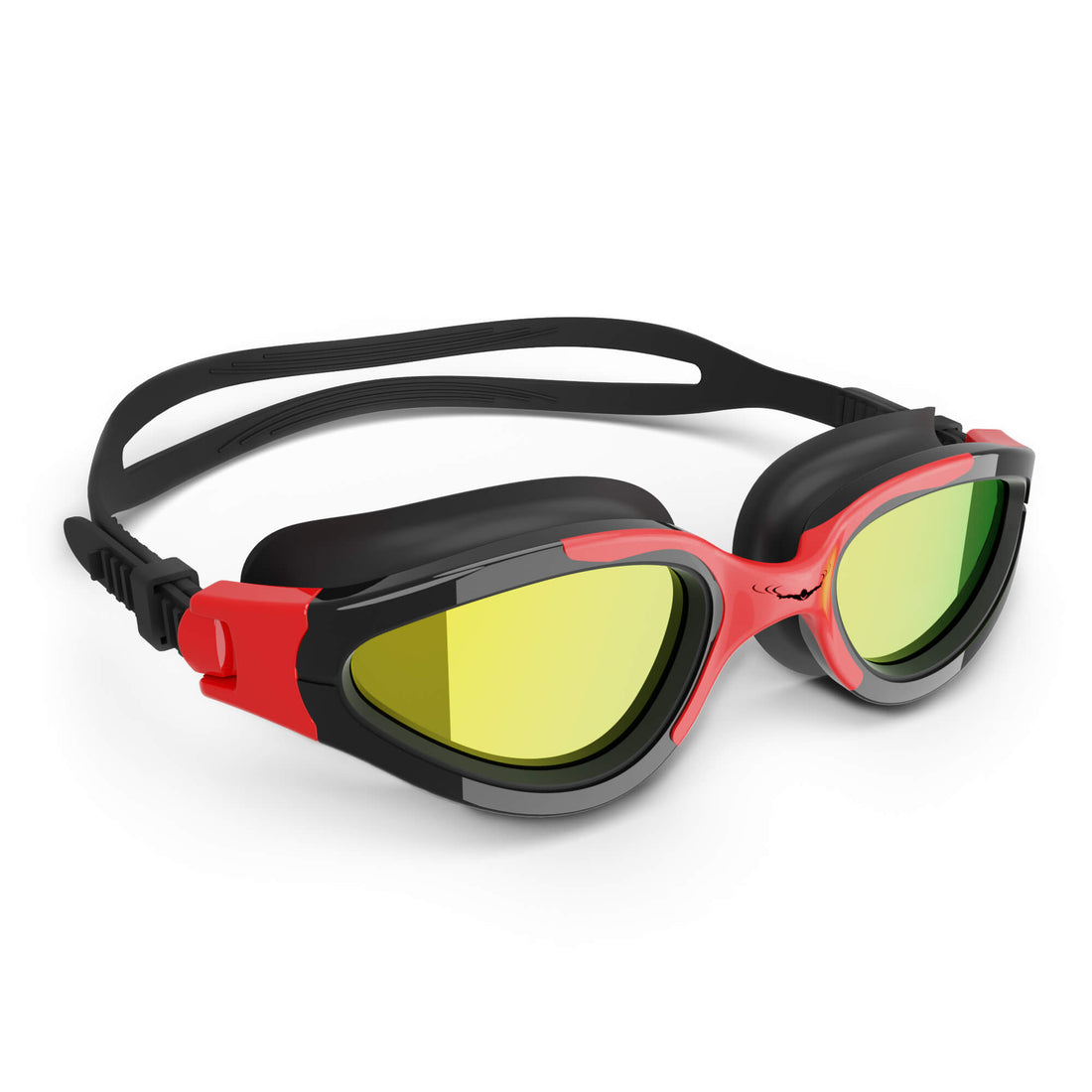Swimming is more than just a fun summer activity; it’s a full-body exercise that has profound effects on overall health, particularly joint health. With water’s buoyancy reducing stress on joints, swimming serves as an ideal form of exercise for people of all ages and fitness levels. Whether you're wearing a swim cap for long hair, comfortable swim goggles, or using other accessories like swim ear bands, the benefits of swimming are undeniable. Read on to learn about how swimming can positively impact joint health and why you should consider incorporating it into your fitness regime.
The Science Behind Swimming and Joint Health
Swimming is unique compared to other forms of exercise because the water provides a low-impact environment. When we swim, the water supports our body weight, which reduces the load on our joints. Conventional activities such as running can exert significant stress on our knees and hips, leading to pain or injury over time. In contrast, swimming provides a full range of motion without putting excessive strain on the joints. Here’s how swimming benefits joint health:
1. Reduces Joint Pain
Many individuals suffering from arthritis report significant improvements in their symptoms when they swim regularly. The gentle motion of swimming helps lubricate the joints and improve flexibility, alleviating pain and stiffness. Unlike running or weightlifting, swimming allows individuals to move freely without feeling the hard impact that often exacerbates joint pain.
2. Increases Range of Motion
Swimming helps keep the joints flexible and maintains a good range of motion. The repetitive motions of different strokes—such as freestyle, breaststroke, or backstroke—promote mobility in the shoulders, hips, and knees. Coupled with warm-ups using accessories like swimming caps and swimming goggles, swimmers can prepare their muscles and joints for more vigorous activity, enhancing their overall performance and reducing the risk of injury.
3. Strengthens Muscles
Water is about 800 times denser than air, which means that swimming is an excellent way to build muscle strength. Stronger muscles lend support to joints, helping to reduce the overall strain on them. When you swim, you are engaging multiple muscle groups, which translates to improved strength without the risks associated with weight-bearing exercises. This helps adequately support the joints, alleviating discomfort for individuals suffering from conditions like arthritis or past injuries.
Types of Swimming Strokes and Their Joint Benefits
Not all swimming strokes impact your joints in the same way. Each stroke targets different muscle groups and can provide unique benefits:
- Freestyle: This stroke is one of the fastest and most efficient, promoting cardiovascular health while being easier on the joints. Freestyle encourages dynamic movement of the shoulders and hips, improving overall flexibility.
- Backstroke: Great for spinal alignment, backstroke is beneficial for individuals with lower back issues. The back position provides ease on the hip joints while promoting flexibility in the shoulders.
- Breststroke: This stroke involves a wide arm pull, which can help strengthen the shoulder joints. However, swimmers should maintain proper form to avoid joint strain during this stroke.
- Butterfly: Though butterfly can be more strenuous on the shoulders, the controlled motion can build muscle strength. Ensure proper stretching is performed before swimming this stroke to help protect the joints.
Swimming Accessories: Enhancing Your Experience
Using the right accessories while swimming can enhance your experience and joint health benefits. Consider these essential swim gear items:
- Swim Caps: A swim cap for long hair is not just a fashion statement; it reduces drag and helps keep your hair dry, which allows for more efficient strokes in the water.
- Swim Goggles: Quality swimming goggles are essential for protecting your eyes, ensuring clear vision in the water, and allowing you to focus entirely on your glide and movements.
- Swim Ear Bands: These help to prevent water from entering the ears, allowing for more focus on swimming strokes without distractions.
How to Start Swimming for Joint Health
Thinking of taking the plunge into swimming? Here’s a simple guide to get started:
1. Consult a Doctor or Physical Therapist
Before starting a new exercise routine, particularly for those with existing joint concerns, it's essential to consult healthcare professionals. They can provide personalized advice tailored to your joint health.
2. Begin Slowly
If you’re new to swimming, start with manageable distances. Aim for short durations to see how your joints respond.
3. Use the Right Equipment
Invest in a good swim cap for long hair, quality swim goggles, and swim ear bands to enhance your performance in the water. Proper equipment ensures a comfortable and enjoyable experience.
4. Warm-Up and Stretch
Always warm up and stretch before swimming. This can help loosen tight muscles and prepare your joints for activity, ultimately reducing the chances of injury.
5. Mix Up Your Routine
Incorporate different strokes into your swimming routine to target various muscle groups and keep things interesting. This variety helps avoid overuse injuries and keeps your workout dynamic.
Additional Water Activities for Joint Health
Besides traditional swimming, you can also engage in various water activities that promote joint health:
- Aqua Aerobics: These classes provide a great cardio workout while the water's buoyancy protects your joints.
- Water Walking or Jogging: Walking or jogging in water is an excellent low-impact option that provides resistance training without harsh impacts on the joints.
- Water Yoga or Pilates: These classes utilize water’s resistance to enhance strength and flexibility while also allowing for joint stabilization.
Your Aquatic Adventure Awaits!
Swimming offers a myriad of benefits that can radically improve your joint health. With its low-impact nature, range of motion enhancements, and muscle strengthening properties, swimming is perfect for everyone—from athletes to those recovering from injuries. By incorporating a regular swimming routine into your lifestyle, you not only invest time into your fitness but also prioritize the well-being of your joints.
This summer, don’t forget to gear up with essential items like a comfortable swim cap for long hair and high-quality swim goggles to maximize your experience. Dive into the remarkable world of swimming, and make a splash for your joint health today!



